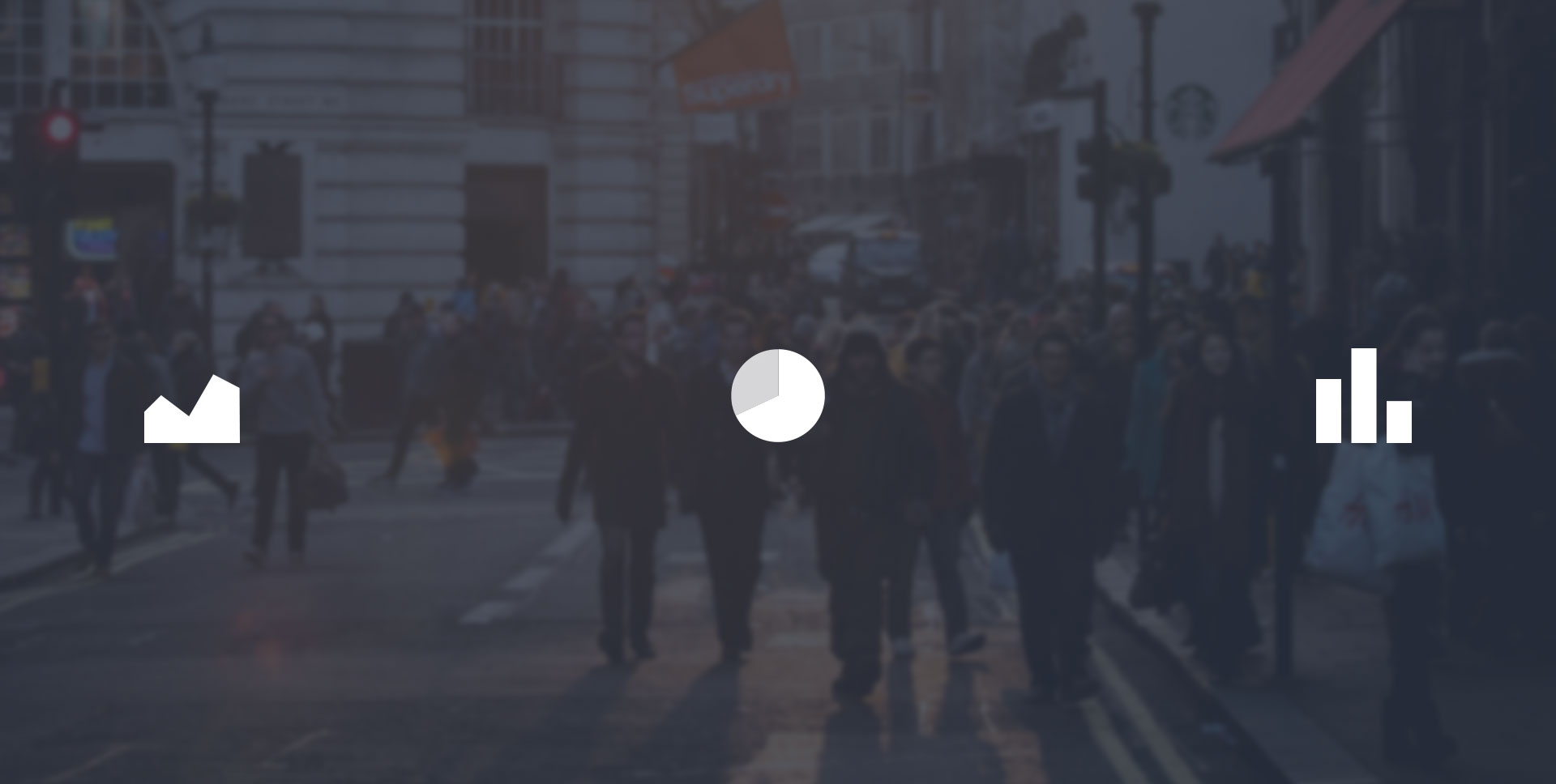You prick up your ears at the word "analytics".
It's something of a buzzword at the moment. Google Analytics, Moz Analytics, Pinterest Analytics, Twitter Analytics ... the lists of data that analyze our online lives goes on.
If you are a marketer, I am sure that you regularly use a wide selection of valuable analytics reports to determine the successes and failures of your online campaigns.
And the developers among you, just about to click away from this post, at the mere mention of the word “marketing”, do you know analytics can help you too? Imagine the potential you have to create apps that collect and provide valuable analytics reports that your users truly love.
What Can You Learn from the People Around You?
This is the era of Big Data. The amount of data available is colossal and mind-boggling. Of course, not all data is useful. Technically, we use the word information to mean data that is interesting and of use to us.
Let's ignore the online world for a while. There is a real danger of useless data overwhelming the senses of those looking for critical information on the internet.
Let's look instead at the real, physical world. It can now be just as easy to collect information here, as it is online.
That is what crowd analytics is all about: Collecting, aggregating and finding uses for information that relate to people going about their everyday lives. People who eat and drink, breathe, and feel. Real people, not pixelated icons.
Marketers. You now have a fantastic opportunity to determine exactly how effective your advertising and other promotions are - the ones that actually happen outside the computer.
Developers and solution seekers. Imagine the potential you have, to create apps that collect this information and create masterpieces that your users adore.
Today's facial detection analysis can do this. When you combine your truly original thoughts and ideas, with the collection capabilities of modern facial detection software such as Kairos's Crowd Analytics or IMRSV for Marketers, you have an incredible opportunity to build something truly market-leading.
How Could Marketers Use This Information?
If you are a Marketer, you can directly use this technology in the field. You place cameras in your marketing displays and then examine the results to see how effective your marketing is. If the results are positive, you know you are on the right track, and you can perhaps further develop the models you are following. If the analytics are not as you would want, it is time to examine why. What can you do to ensure your marketing performs more efficiently?
Test your ads by observing how particular demographics react to your advertising. Are you getting exposure to the correct demographic group? Do members of that group stop and take notice of your display?
You can track engagement on digital signage, or even just window displays, for example, how many women vs men look at this window display? How long do they stop for?
Of course, for the maximum possible effect you should tie in the data you accumulate from your video analytics software with other data that you collect. For example, a car dealership could combine the crowd analytics data they discover with any information they gain when they make a sale. There will be highly useful insights that you could glean, which will help smooth future car sales transactions. Similarly, you could combine the data collected from your displays with other factors such as the weather, to determine the best, most profitable, time and place to undertake particular campaigns.
Remember, there is no facial recognition - all the data comes from detection. You aggregate the data collected to see what trends are followed by the people taking an interest in your marketing displays. This means that there is no worry about individual privacy. You can easily allay any fears expressed by your customers about their photos being collected.
Of course, there is a further, more sophisticated, level of use by marketers. This is where you not only use the analytics to learn about your customer demographics, but you also use it to customise the content you push to them.
The most cutting-edge systems now collect information about the people actually looking at the marketing displays, and they alter the content to best reflect what is suitable for those people. Suppose the analytics provided inform you that it is after school in the Mall, and there are teenage boys looking at your display. It is time to turn off that ad for the gold jewelry and replace it with the latest video game ad. Three boys show a particular interest in the display. Jump up another level, and include a more detailed demonstration of that new game, to take their breath away.
How Could Developers Promote the Benefits of Crowd Analytics in Their Applications?
As a developer (or perhaps a solution seeker within a development studio) you might be wondering how these video analytics can be of use to you? Why would you want to know about crowd analytics?
The thing is, is it not one of your aims to create apps that utilize human engagement in video? It is no secret that YouTube is one of the most visited parts of the internet, and video is also the fastest growing usage on Facebook.
You have read above some of the uses of this technology by marketers. I have only scratched the surface here, however. You have seen how marketers have a huge number of uses for the technology. Imagine how you could benefit if you could incorporate crowd analytics into an app you created to further meet the needs of your marketing clients.
You could create apps that will do something specifically targeted at a particular group. With marketing, you could expand on what I have already discussed, for instance, your app could play a particular ad if the app detects a woman looks at the screen.
You could target at non-marketers, too. For instance, you could design a game which will detect whether there is a male or female playing, and adjust the main character and storyline accordingly.
If you target a very high-end futurist marketplace, imagine the possibilities if you incorporate this sort of analytics software in your virtual reality game you have available for playing.
A product like the Crowd Analytics SDK runs locally in real-time on the user’s machine. Any app you develop could enable the user to make real-time decisions based on the data being collected (or alternatively you could set up the app to make a real-time decision based on the data received).
It is possible you could work in combination with a facial recognition API. The face recognition API uses still images so the video analytics software would find frames in the video that have people in them and send a snapshot to the face recognition API to determine identity.
Conclusion
We are in an era when there is a wealth of data available. Of course, you need to filter this data to make it information, so it is of value.
As important as the internet is, most of life still happens in the real, physical, world. Until now it has been much harder to evaluate objectively data in the real world than it has been online.
Technology has finally caught up with demand here. Whether you are a marketer determining how effective your latest ad is or a developer looking for a niche to build a new app in, using video analytics analysis of crowds provides you with tremendous potential.

Ben Virdee-Chapman
Ben is the CDO & Head of Product at Kairos, a Human Analytics startup that radically changes how companies understand people.
